10 Unmissable TV Show Pilots That Will Hook You from the Start
This article mentions sexual assault and substance abuse.
Procedural television thrives on a simple premise: a mystery solved in one hour, anchored by interesting characters. The true test of a procedural's potential lies in its pilot episode. These opening hours must introduce a dynamic structure, establish stakes, and most importantly, make audiences want to return week after week.
When done right, a procedural pilot sets the tone for years of storytelling. Whether it is a crime to solve, a patient to diagnose, or a dark secret to unravel, the best pilots combine gripping narratives with unforgettable character moments. They waste no time defining their central figure and place them in a high-stakes scenario that demands their unique skills.
The Mentalist Turns Tragedy into a Tactical Edge
Grief and Charisma Collide in a Crime-Solving Twist

Patrick Jane (Simon Baker) is not just a sharp observer; he is a broken man hiding behind charm. The Mentalist's pilot begins with a seemingly routine murder but quickly layers in psychological complexity. Jane reveals he was a con artist psychic whose family was murdered by the serial killer he mocked on TV. The episode cleverly uses Jane's flashy methods, like reading body language and manipulating suspects, while dropping hints about his personal vendetta.
Baker's magnetic performance walks the line between arrogance and vulnerability, instantly making Jane more than a one-trick mentalist. The pilot balances a satisfying case-of-the-week with a larger emotional arc. It promises a deeper narrative beneath the procedural surface. By the final scene, viewers understand both Jane's brilliance and his pain. This sets up a compelling character journey. Besides solving crime, The Mentalist is about atonement.
House, M.D. Diagnoses the Doctor as the Real Mystery
A Razor-Sharp Debut Hides Emotional Depth Behind Clinical Brilliance
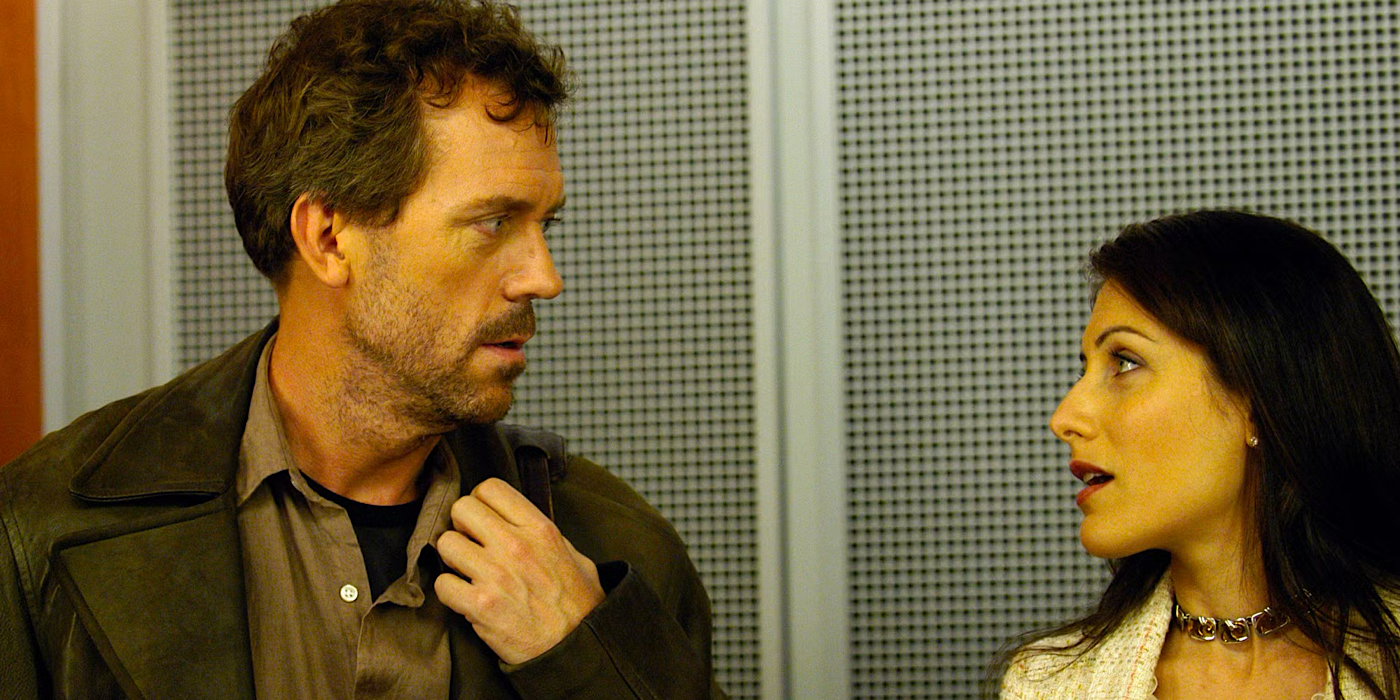
House's pilot kicks off with a puzzling medical emergency. A kindergarten teacher collapses mid-class, but the pilot quickly reveals that the true enigma is not the illness. It is Dr. Gregory House (Hugh Laurie) himself. Brilliant, abrasive, and addicted to painkillers, House is unlike any other TV doctor. Laurie's performance is marked by sarcasm and intensity, effectively grounding the show's unconventional tone. The episode lays out the diagnostic formula that will define the series.
A team of young doctors pitches theories, House pokes holes in them, and the truth only emerges after layers of misdirection. Yet amid the cynicism, there is humanity. House's resistance to patient interaction hints at deeper emotional wounds. The show's mix of biting wit, medical intrigue and character study lands immediately. Besides saving lives, it is about dissecting people, including the one holding the scalpel.
Criminal Minds Profiles the Darkness Within
A Cerebral Pilot Introduces Behavioral Science with Cinematic Tension
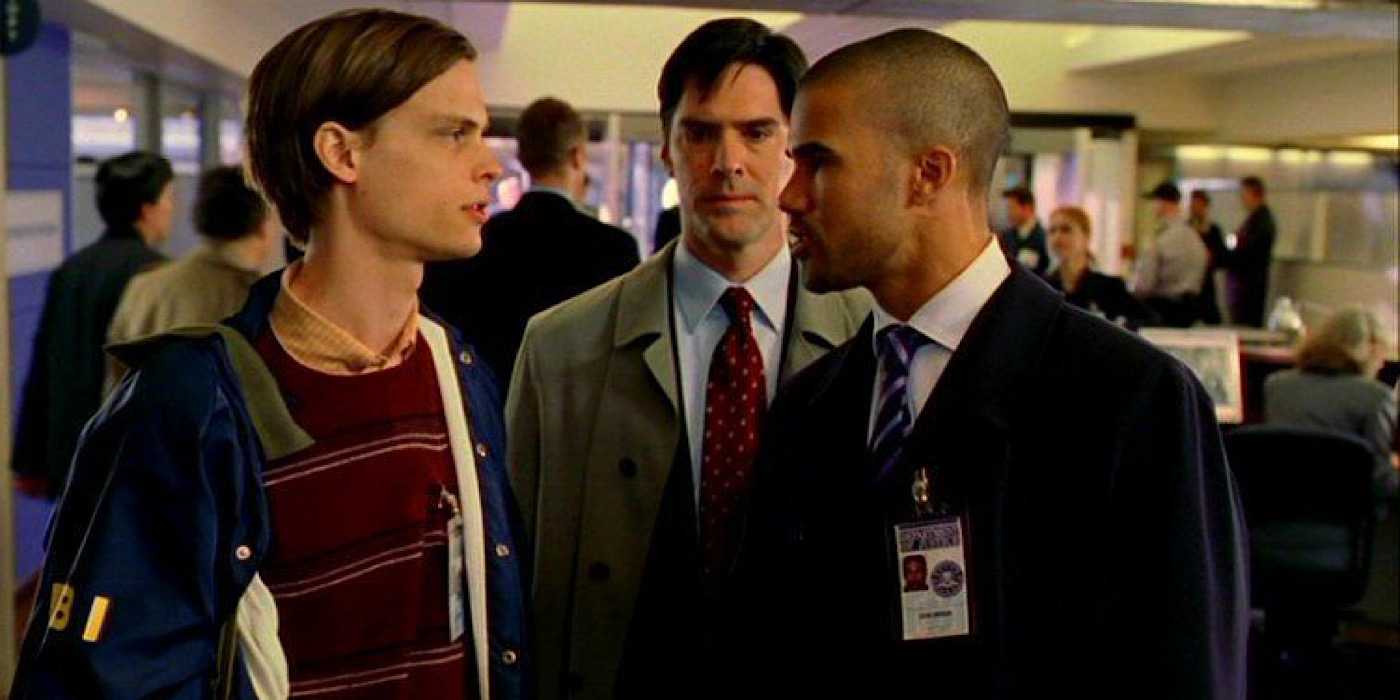
Criminal Minds opens not with gore but with psychology. The pilot follows the FBI's elite Behavioral Analysis Unit (BAU) as they hunt a serial killer targeting women in Seattle. The real hook is how they think rather than what they see. By centering on young agent Elle Greenaway (Lola Glaudini) and profiling expert Jason Gideon (Mandy Patinkin), the show immediately sets a tone of emotional and mental depth.
Thomas Gibson's by-the-book Aaron Hotchner and Matthew Gray Gubler's eccentric genius Spencer Reid round out a cast that's instantly distinct yet cohesive. What separates this procedural from others is its emphasis on motive, pattern, and pathology. It is introduced through chilling case details and a relentless pace. The tension builds with cinematic flair, culminating in a hostage situation that tests the team's psychological insight under pressure. In one hour, Criminal Minds shows how intellect and empathy are used to navigate a world shaped by fear.
Elementary Reinvents Sherlock with Grit and Emotional Intelligence
A Modern Holmes Lands in New York With a Sharp Mind
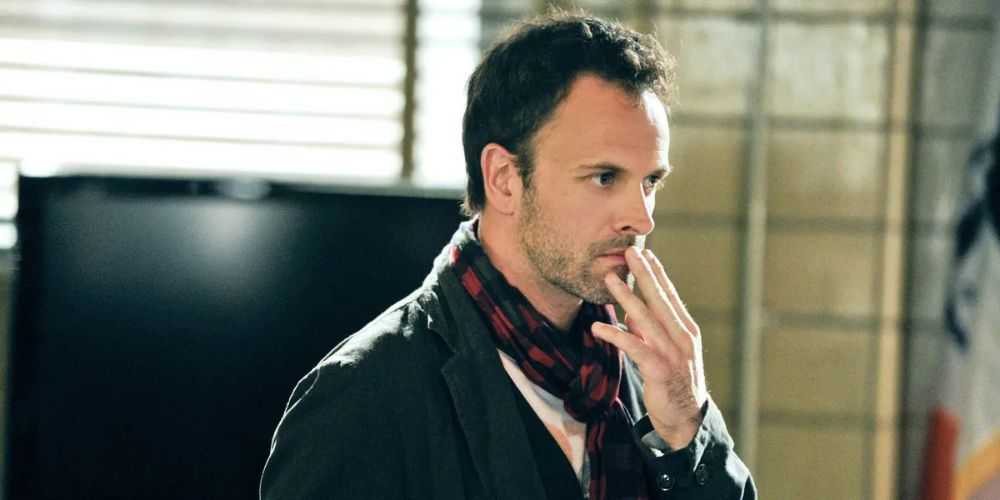
The Elementary pilot introduces Sherlock Holmes (Jonny Lee Miller) at his lowest. He is freshly out of rehab, estranged from his old life, and trying to rebuild something resembling stability. The show is not about watching a perfect mind solve impossible cases. It is about what happens when a genius is forced to heal. Joan Watson (Lucy Liu) is tasked with keeping Sherlock sober. Their first case becomes a proving ground for both of them.
Joan challenges his arrogance; he tests her patience. Beneath the sarcasm and cleverness, something deeper starts to form: respect, curiosity and the early stages of trust. The show doesn't rush their bond, but it lays the foundation for a partnership built not on romance but on mutual growth. Elementary is a procedural with heart, anchored by two people trying to become better.
NCIS Launches with Wit, Whiplash Pacing, and Military Intrigue
A Precise Pilot Blends Government Secrets With Character Chemistry
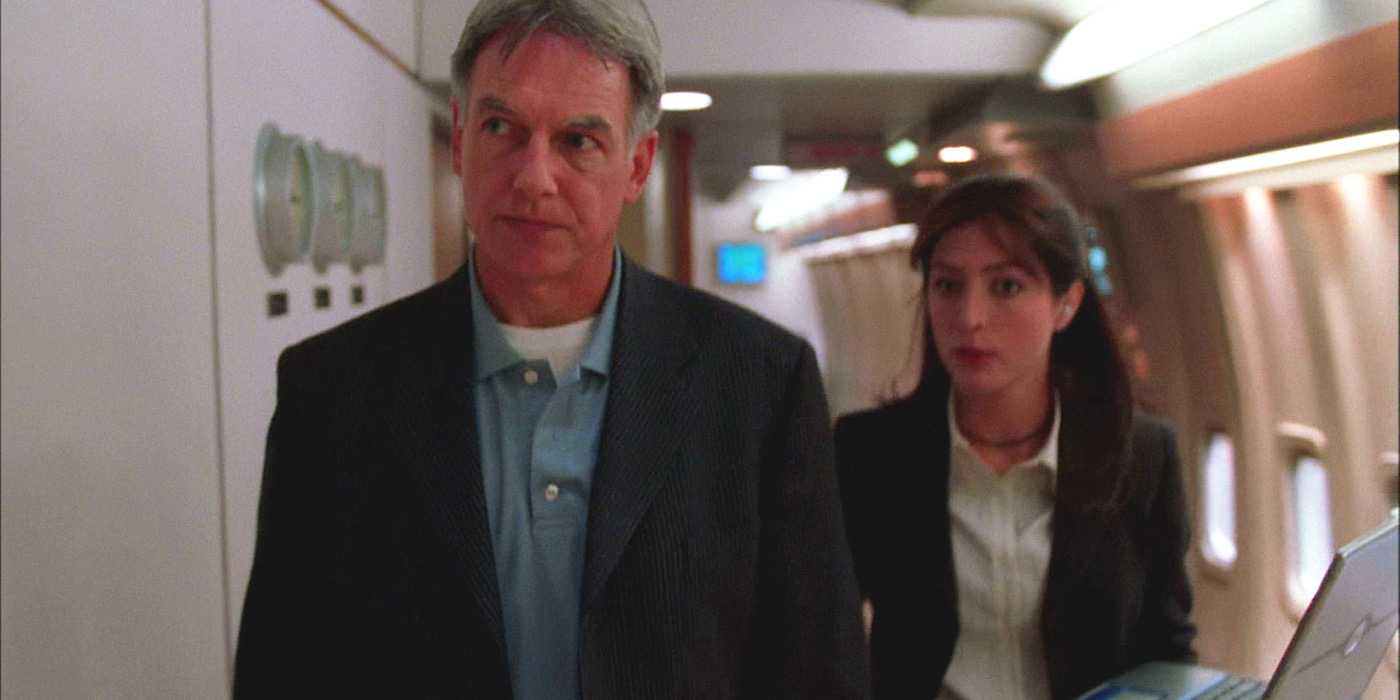
NCIS kicks off its long-running legacy with a case set aboard Air Force One. This setting instantly raises the stakes. When a Navy Commander dies mid-flight, Special Agent Leroy Jethro Gibbs (Mark Harmon) and his team are called in. Viewers are introduced to the show's unique flavor of military-infused investigation. What makes "Yankee White" stand out isn't just the high-level crime or jurisdictional clashes; it's the tone.
The pilot moves fast, full of snappy dialogue, playful defiance of authority, and offbeat humor that sets it apart from more self-serious procedurals. Harmon nails Gibbs's quiet confidence, defining the show's rhythm. There is a clear foundation for ensemble storytelling, even in this early stage. Between a twisty plot, brisk pacing, and a team that clicks from the start, NCIS delivers an efficient, entertaining introduction that promises smarts, stakes, and plenty of sarcastic charm.
Bones Unearths Charm in the Macabre
A Forensic Procedural with Heart, Humor and Immediate Chemistry
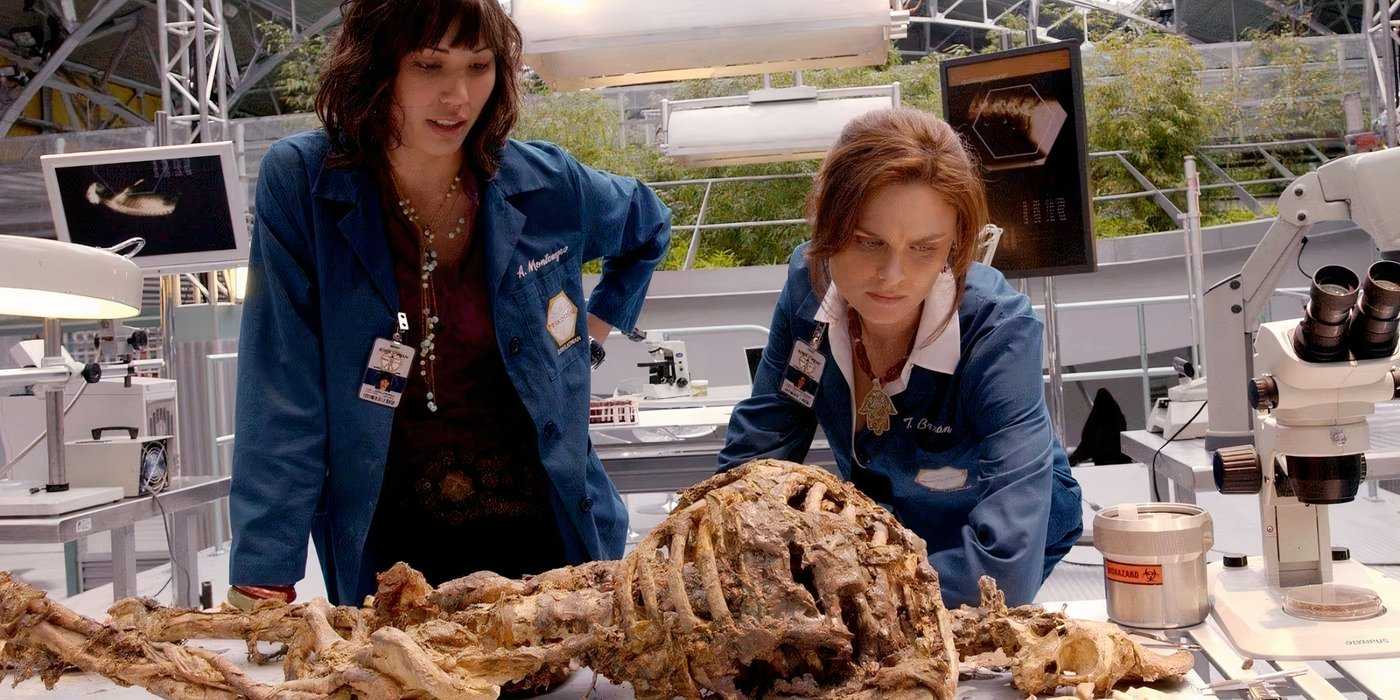
Bones opens with a skeletal discovery at the bottom of a lake. However, it's the dynamic between its leads that truly makes the pilot pop. Dr. Temperance "Bones" Brennan (Emily Deschanel), a brilliant yet socially awkward forensic anthropologist, is reluctantly paired with cocky FBI agent Seeley Booth (David Boreanaz) to solve the case. Their immediate friction and unexpected spark give the show a unique tone that blends science, mystery, and banter.
While the episode delivers all the genre staples, it also introduces a warm, quirky supporting cast. Deschanel grounds Brennan with strength and subtle vulnerability, while Boreanaz gives Booth a roguish charm that balances out the show's scientific precision. The case is of an aspiring congressional intern murdered and buried with secrets. This hints at the political and personal stakes to come. With its clever dialogue and sharp pacing, Bones proves that solving murders can be as much about connection as evidence.
Castle Solves Crime with Style, Snark, and Storytelling Flair
A Mystery Writer Meets His Muse in a Pilot Bursting with Wit and Intrigue
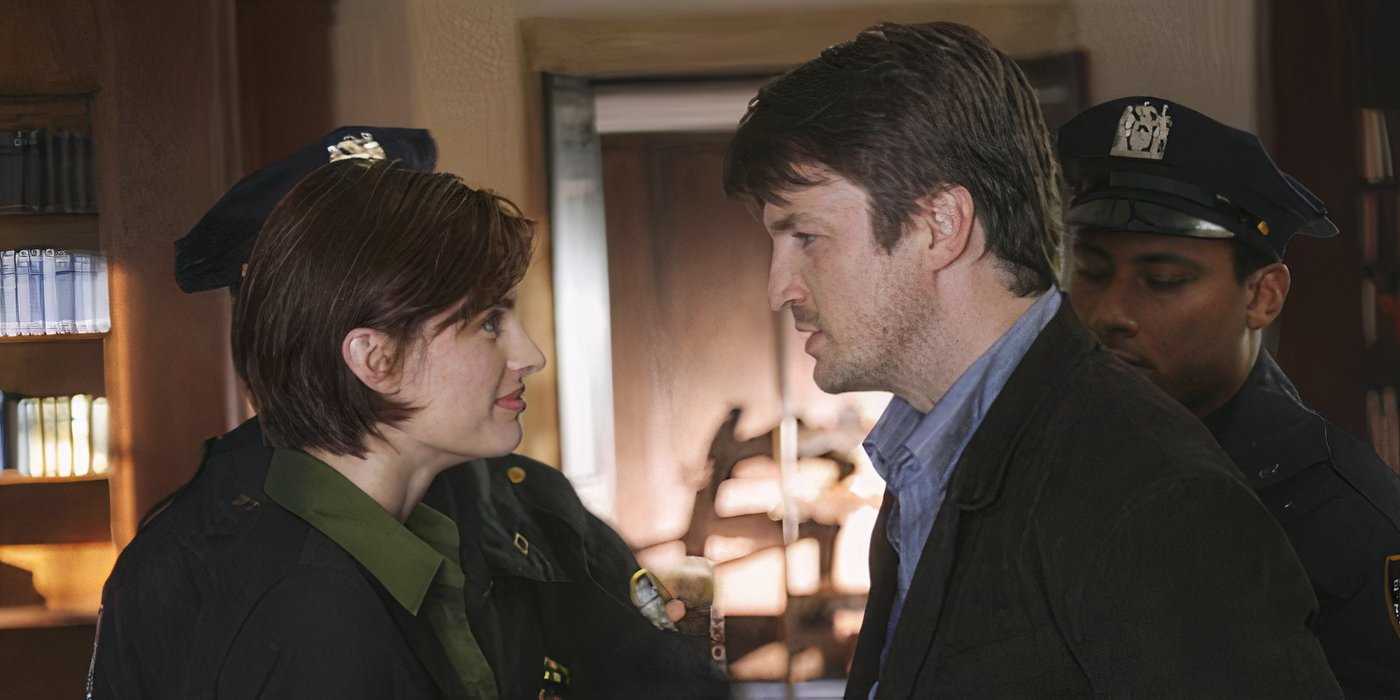
Castle's pilot wastes no time establishing its irresistible hook. Bestselling crime novelist Richard Castle (Nathan Fillion) is pulled into a real murder investigation when a killer copies scenes from his books. What starts as a meta-thriller quickly becomes a sparkling character study, as Castle meets his match in no-nonsense NYPD detective Kate Beckett (Stana Katic). Their chemistry crackles from the first interrogation, blending flirtation with frustration.
The show cleverly uses Castle's outsider status to ask genre-savvy questions about motive and method, while Beckett grounds the story in emotional realism, shaped by her own tragic past. The case itself is solid, but the real thrill lies in watching these two clash and collaborate. With its blend of humor, heart, and high-stakes crime, the pilot sets up a winning formula: part procedural, part romantic comedy, and all about the art of the story.
CSI: Crime Scene Investigation Sparks a Forensic Revolution with Curiosity and Cool
A Night Shift in Las Vegas Turns Crime Scenes into Puzzles
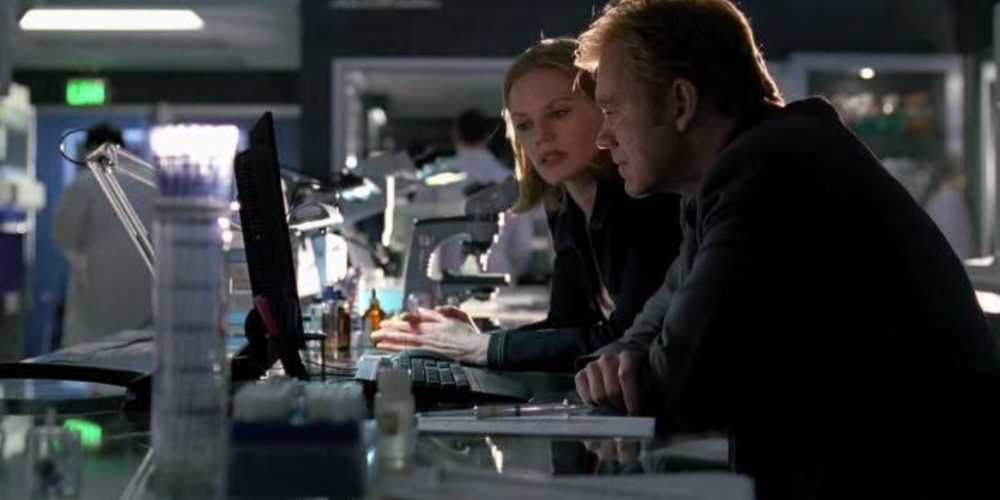
When CSI: Crime Scene Investigation debuted, crime procedurals were mostly about cops and confessions. This pilot flipped the script, inviting viewers into the lab, where evidence tells the story and people like Gil Grissom (William Petersen) listen. The episode introduces a murder, a suicide, and a rookie's first night on the job, all while laying out the show's signature visual flair.
Not only does the tech hook viewers, but the team, too. Grissom's colleagues are quirky, sharp and haunted, giving the show texture. The pilot's tone is cool but not cold. There is a real sense of purpose behind every slide under the microscope. CSI made science exciting and gave viewers the thrill of solving puzzles without a badge or a gun.
Dexter Makes the Monster the Man to Root For
A Serial Killer With a Code Forces Viewers to Question Everything
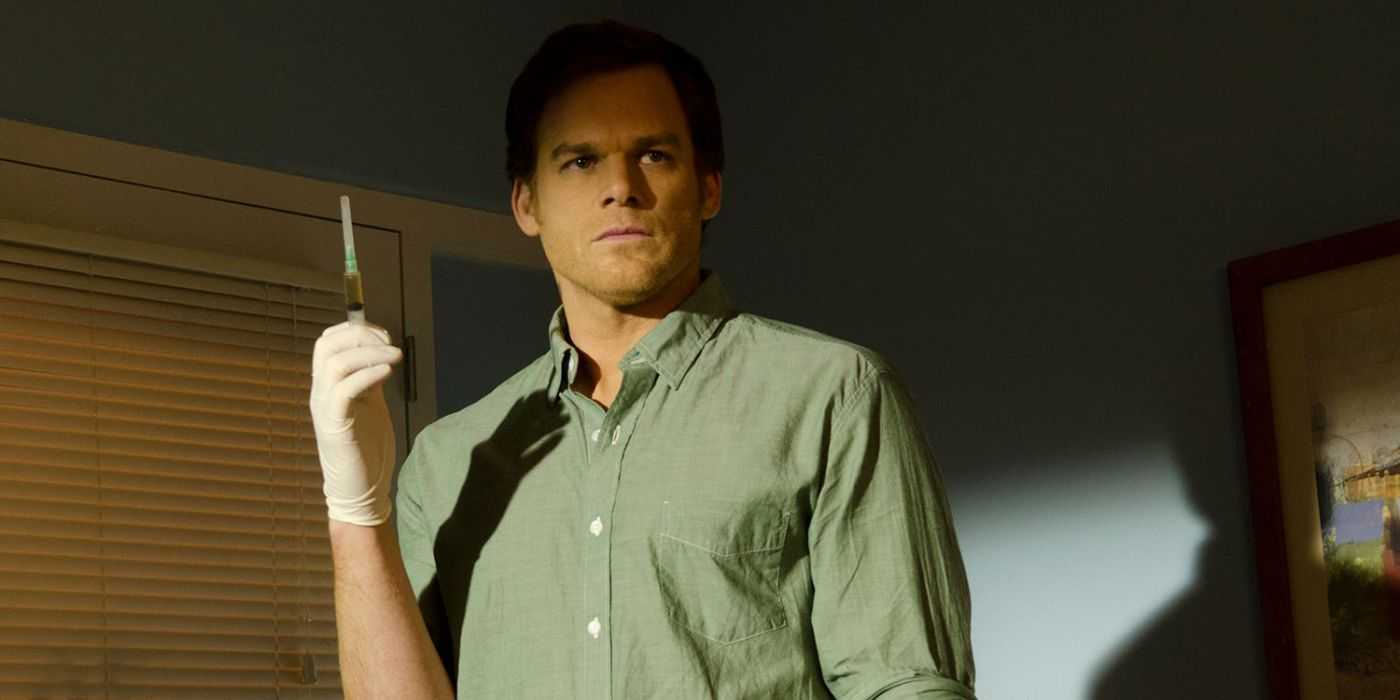
From the first moment of Dexter' s pilot, viewers are let inside the mind of someone who kills without remorse. Yet, viewers stay. That's the gamble the show takes, and it works because Dexter Morgan (Michael C. Hall), a blood-spatter analyst by day and killer by night, is disarmingly honest about what he is and what he is not. Hall's voiceover does not ask for sympathy, but it offers startling clarity into a life built on control and trauma.
The show introduces an intriguing moral code: Dexter only kills other killers. The pilot unfolds in a Miami awash and contradiction as Dexter investigates crimes by day and stalks his own prey by night. What truly hooks viewers is the hint that Dexter might not be beyond change. His relationship with his sister and tender moments with his girlfriend's kids suggest a man fighting to feel something real.
Law & Order: SVU Breaks the Mold with a Shocking Moral Twist
A Bold Spinoff that Sets a Darker Tone
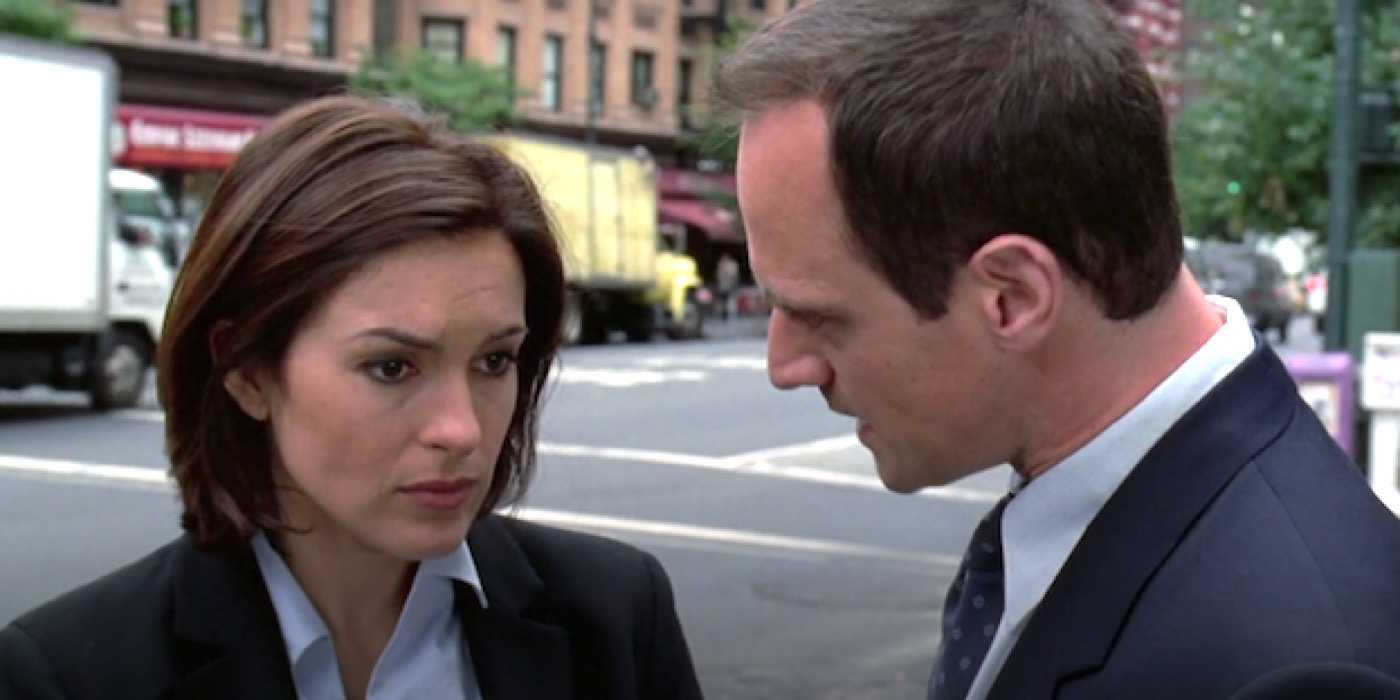
From its opening scene, SVU's pilot signals that this is not just another Law & Order . It is grittier, more psychological, and deeply personal. Detectives Olivia Benson (Mariska Hargitay) and Elliot Stabler (Christopher Meloni) make their debuts not just as investigators but as emotionally invested humans shaped by trauma. Benson's empathy stems from her own history as the child of rape, a detail that gives her immediate narrative weight and shapes how she approaches survivors. The pilot's procedural traces a revenge-fueled series of assaults.
It raises difficult ethical questions about victimhood, justice, and retribution, all without easy answers. The final reveal reframes the crime entirely, challenging the viewer's assumptions in classic SVU fashion. With Hargitay and Meloni's chemistry already established , the show balances case-driven intensity and character-driven resonance. It's a provocative launch for a series that would explore society's most difficult subjects.
Post a Comment for "10 Unmissable TV Show Pilots That Will Hook You from the Start"
Post a Comment